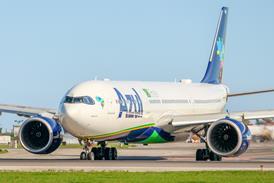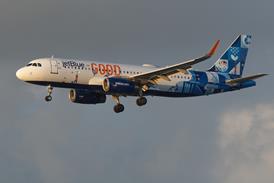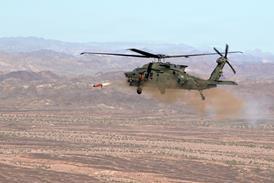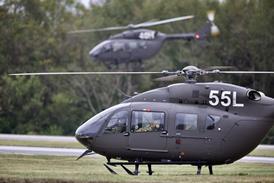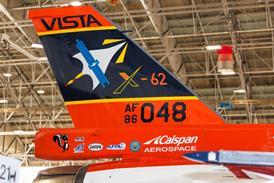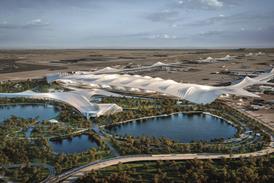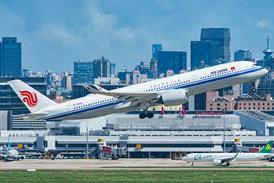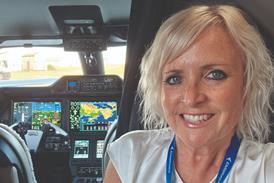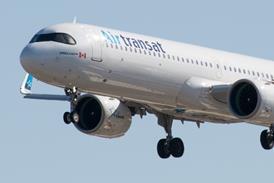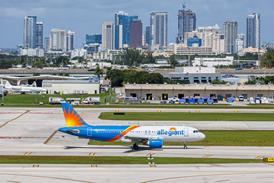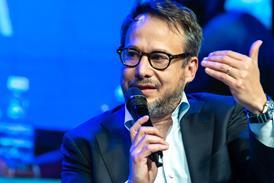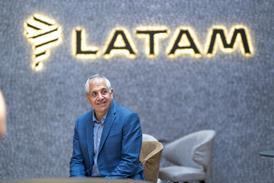German research agency DLR is evaluating a Eurocopter EC135 technology demonstrator fitted with fly-by-light (FBL) primary flight controls. Dr Ulrich Butter of Eurocopter says the helicopter, handed over in November, is being groomed for the role of an airborne flight simulator, capable of representing different types of aircraft - both real and projected.
Butter explains: "As long as it is within the physical limits of the EC135, we can programme a model of any helicopter into the flight-control computer and compensate the actual functions of the EC135 with an inverse matrix. We can thus alter the dynamic behaviour, stability, controllability and flying qualities of the test bed. When the pilot makes an input, the aircraft responds. By putting this computer model between the flying controls and the actuators, we can modify the dynamics of one aircraft to represent another.
"We didn't need the optics to help us do this; it could be done with conventional signal transmission. We chose FBL, which transmits pilot control signals to the actuators via fibreoptic cables, because we also want to gain experience on employing the technology as part of a flight safety-critical system." The main advantages of fibre-optics is that it is immune to electromagnetic interference, which can be a threat to the electrical systems of aircraft operating at low levels. Other benefits are the availability of high bandwidth and weight savings.
"The advantage to flying an actual aircraft over working in a fixed-base simulator is that we can work in real environmental conditions. The pilots fly a real helicopter, with all the proper cues, and know they have to respect the actual limitations. On the ground, deep down, they know they can get away with it. You can program a model of an aircraft, to look at altering its dynamics, or you can program one which doesn't exist yet to help you optimise its design. You can even familiarise pilots on it and gain their feedback - again, in actual flying conditions. Converting is purely a function of reprogramming the flight-control computer," adds Butter.
The FBL system operates throughout the flight envelope as the primary control system. It is split into two sections, comprising a core system and an experimental system. The pilot makes a control input to the primary flight-control computer; from there the signals deviate to the experimental system, and are then routed back to the flight control computer and from there to the actuators. If a problem occurs during flight, the pilot can override the experimental system.
"Using a real helicopter is more expensive than using a simulator, but the readings we get in the air are superior to those we would get on the ground. Simulators aren't that clever," says Butter.
EC135 flight trials were expected to start at Braunschweig, 70km (43 miles) east of Hanover, in early February subject to weather. "Apart from in-flight simulation, we will be using it to demonstrate future technology - new displays, sidestick design or stability systems," says Juergen Kaletka, who leads the DLR effort. "We will focus on in-flight simulation both for our own research, and for contracting out to flight-test schools such as the UK's ETPS or France's EPNER."
The helicopter can only be flown solo in its basic configuration. A flight-test engineer will monitor the flight, selecting flight-test conditions and keeping records. First in-flight simulations will take place towards the end of the year. Eurocopter France wants to test some new control strategies.
"Ten years ago, we were looking at an optical link for the tailrotor of our BO105. Now we can revisit the subject," says Kaletka.
Source: Flight International

